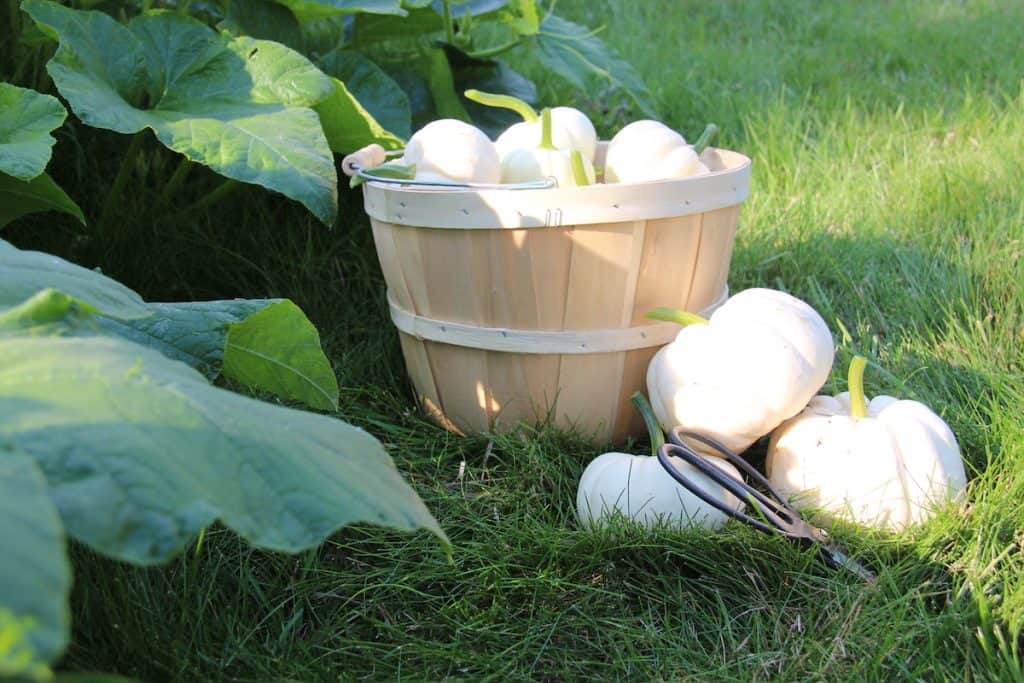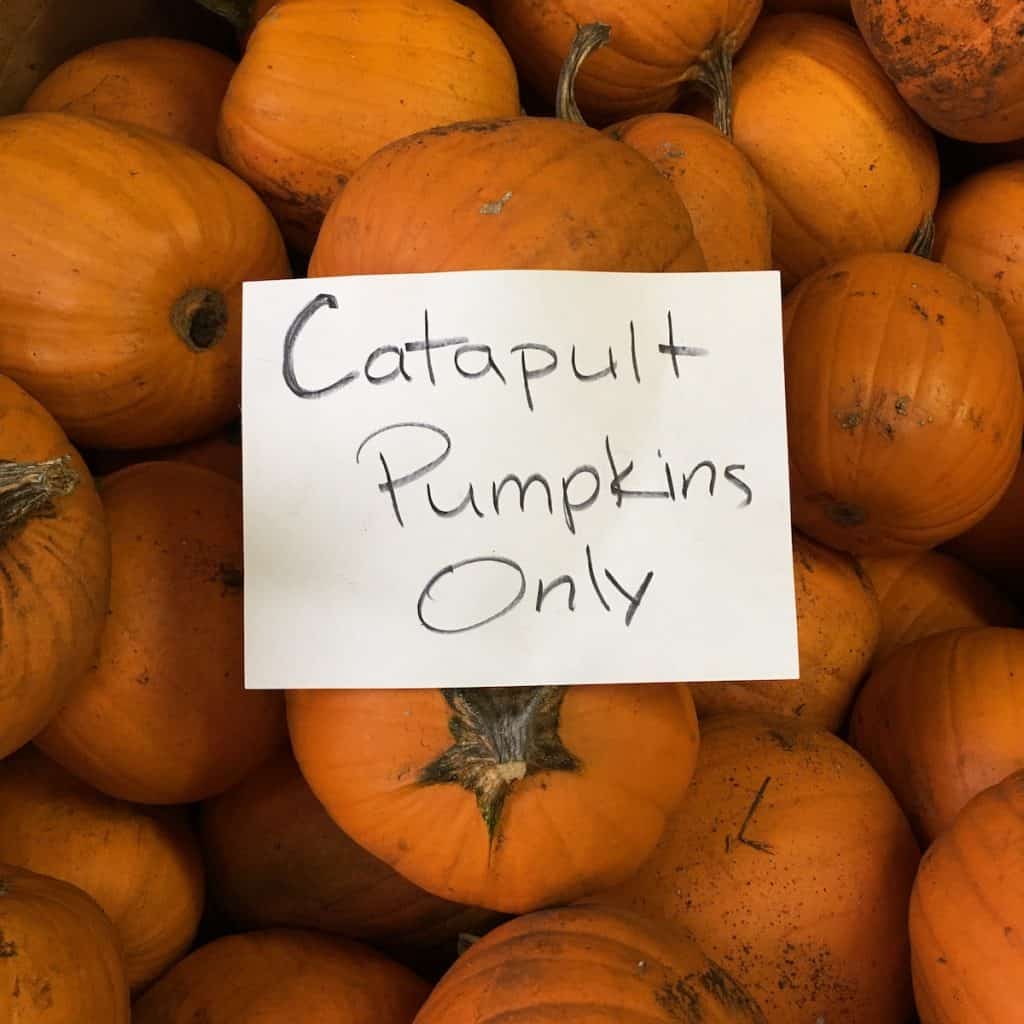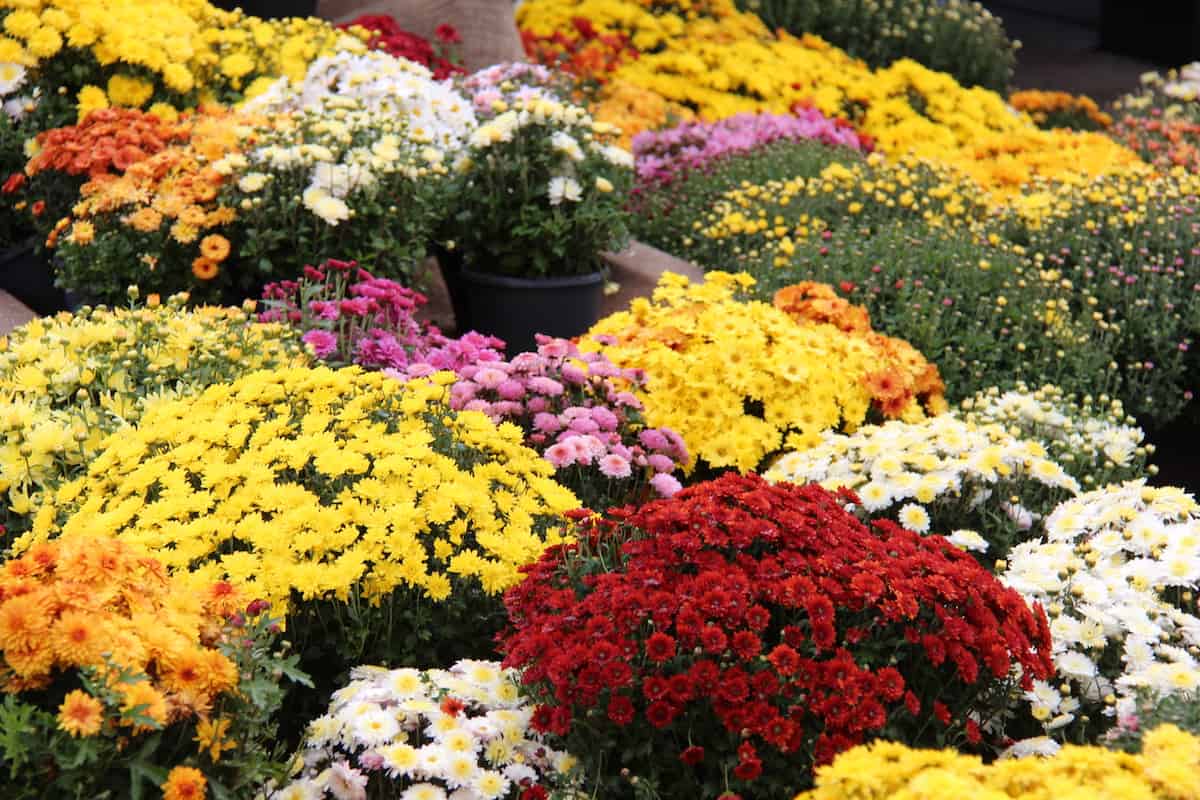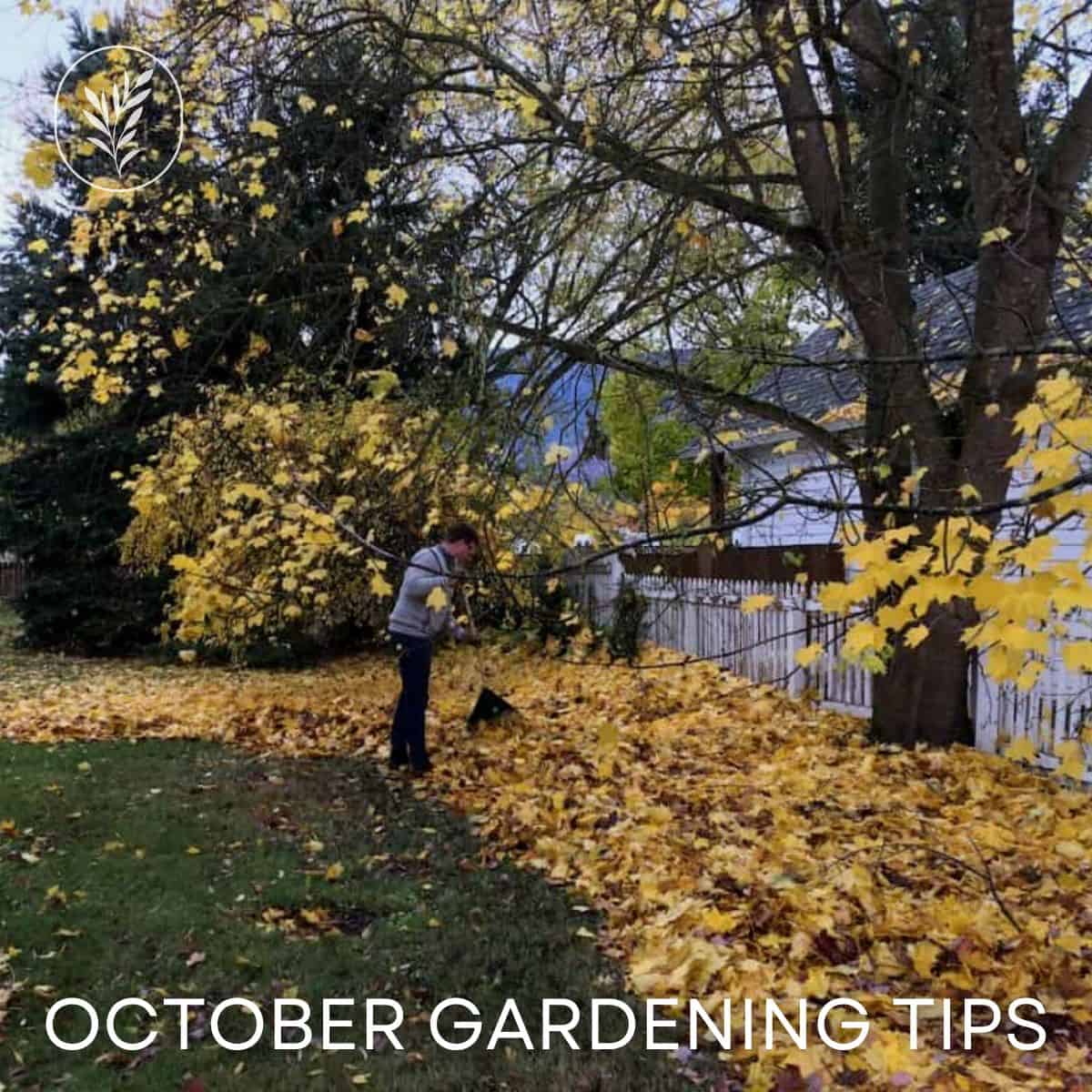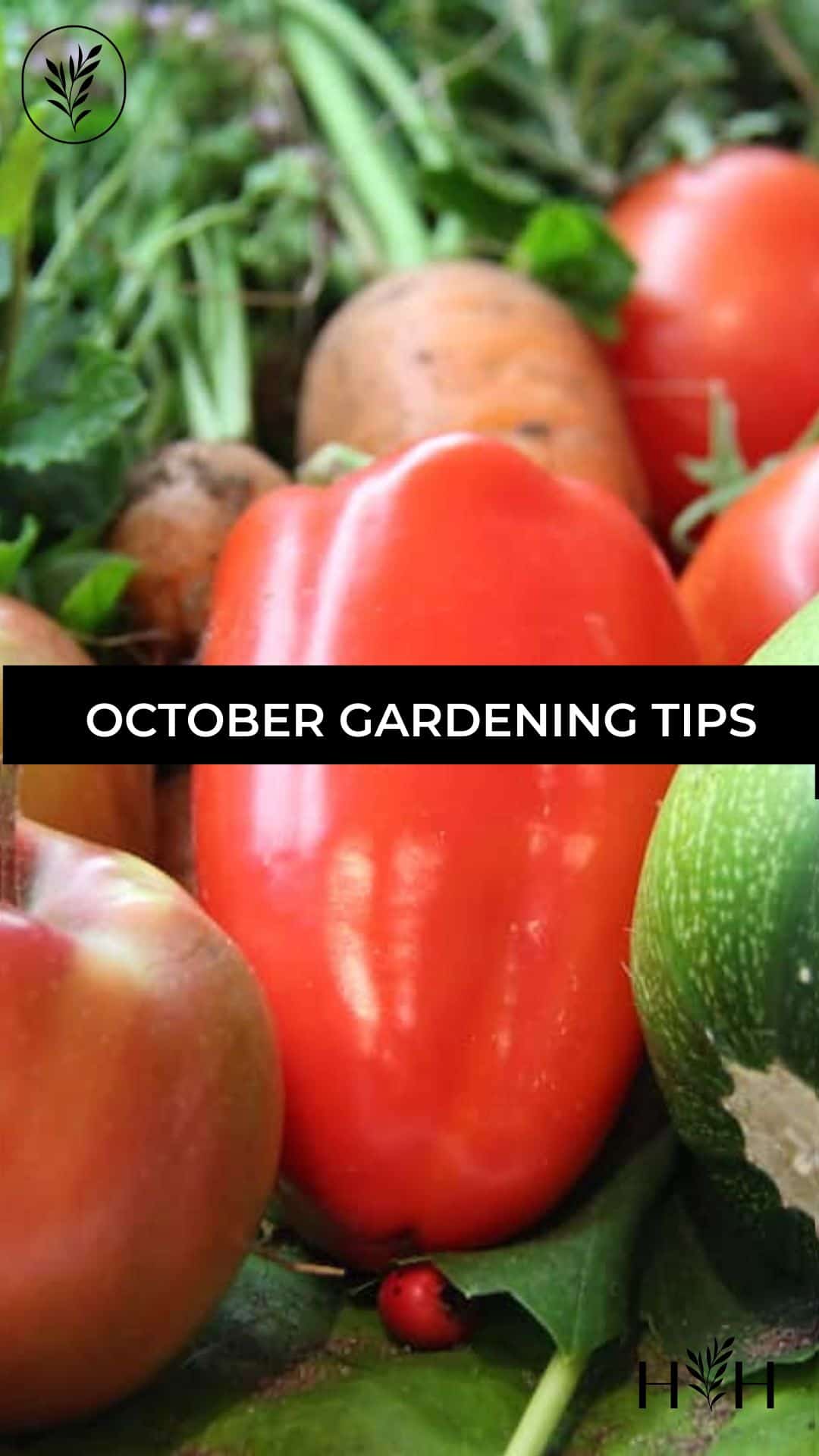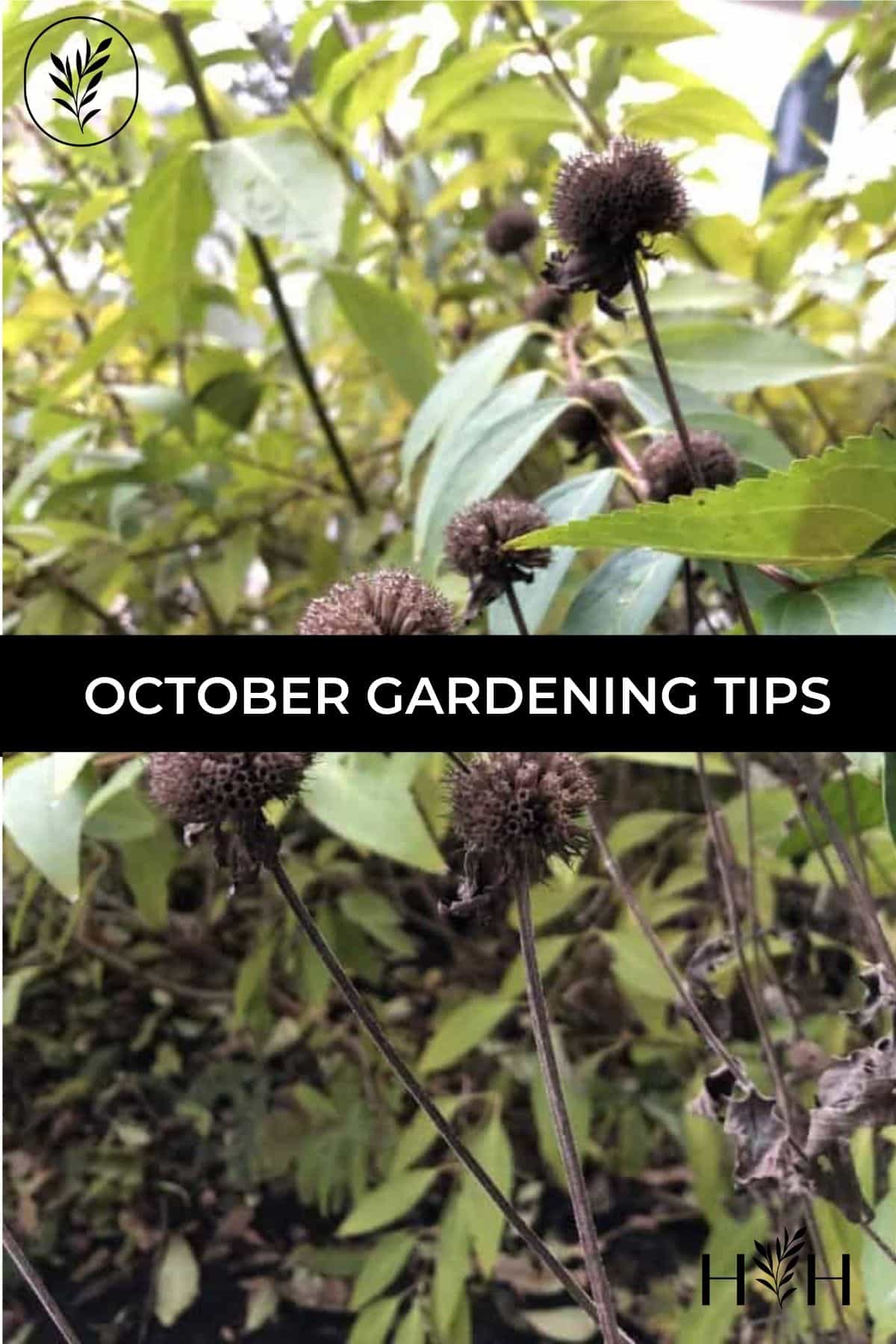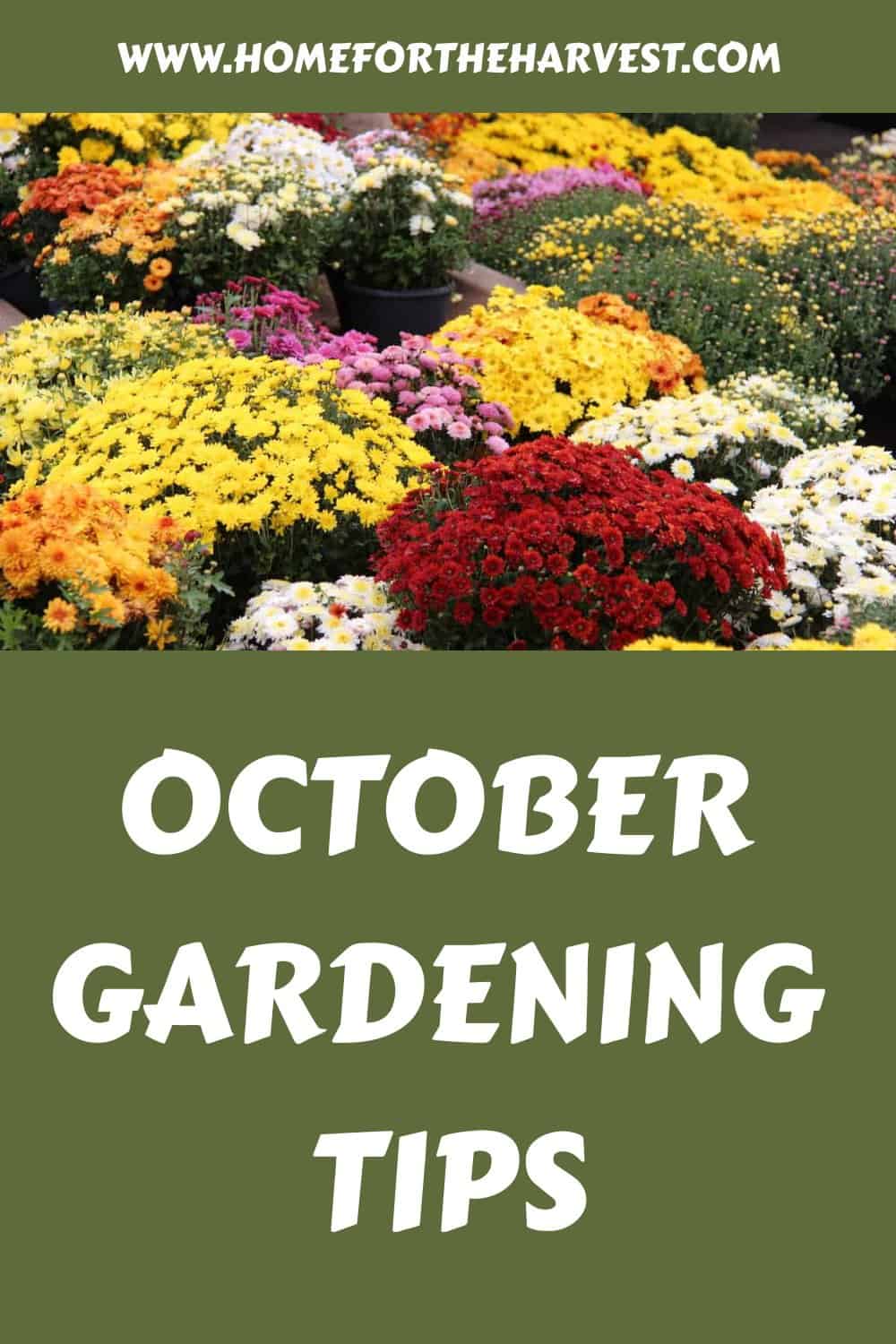October is full-on fall in the garden. This is the month of autumn leaves, warm apple cider, first frosts, and pumpkins. It’s such a pleasure to enjoy the fall season outdoors while gardening and working around the yard. Here are 34 October gardening tips to help you make the most of it!
1. Get yourself some fall mums
Fall mums (Chrysanthemums in warm colours) on the front porch have a magical way of instantly perking things up. They’re a cheery standard of harvest season for good reason and can be displayed in a number of versatile ways. They are often very well priced right now at stores like Costco and Home Depot, and are well worth it for the cheer they bring to the crisp autumn days!
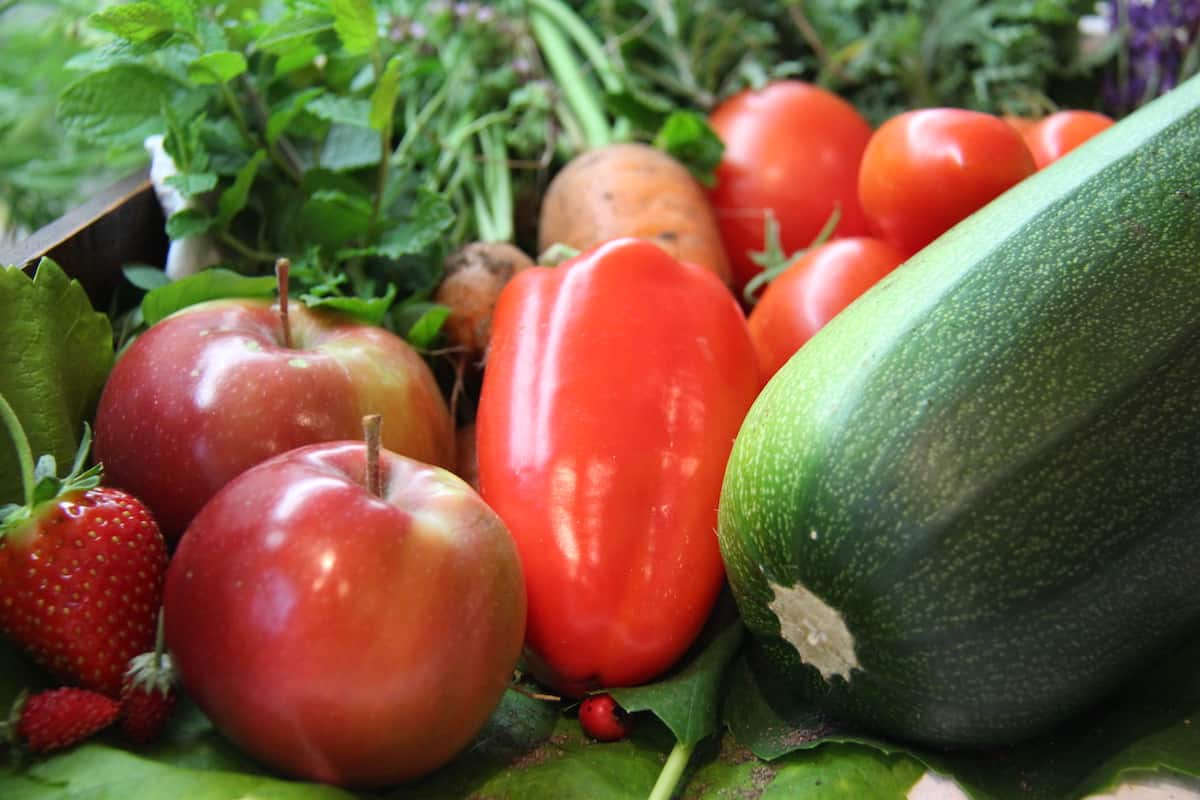
2. Harvest the last tomatoes
October is the month to bring in the last warm season of vegetables before the frost hits. Harvest your tomatoes (even the green tomatoes!), peppers, zucchini, melons, pumpkins, and other winter squash. Enjoy a warm slice of tomato toast while you’re at it! Your pantry will be well-stocked for the upcoming holidays.
3. Prep for holiday meals
Speaking of holidays, one key October kitchen garden tip is to prepare for upcoming holiday meals like Thanksgiving and Christmas dinner. In many climates, root vegetables like carrots, parsnips, and potatoes can be left in the ground until your holiday meal. Where ground freezes, however, they’re generally harvested and stored. Ensure you’ve got fresh Christmas herbs like thyme, sage, and rosemary on hand to make yummy gravy to enjoy with those root veggies!
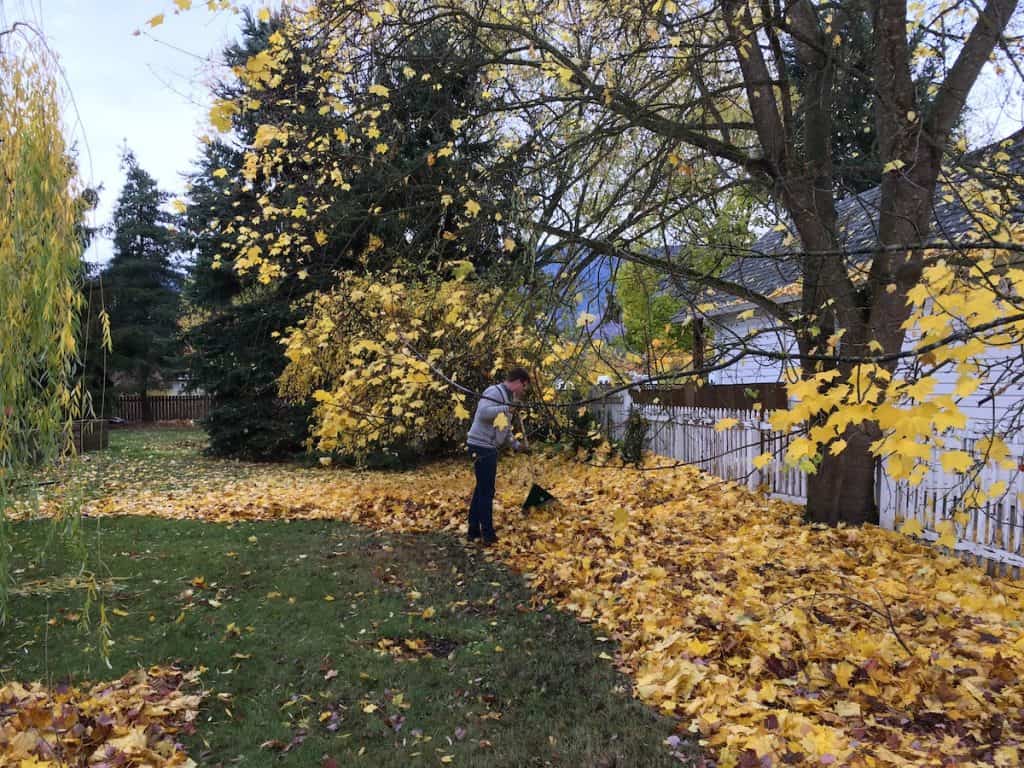
4. Rake and compost fallen leaves
There’s a reason that gardeners are crazy for fall leaves: they make the absolute best plant fertilizer and soil conditioner there is for your garden! Shred leaves as they fall with a mulching mower or a leaf vacuum, and compost them all together to make leaf mold. Your leaf compost makes a wonderful organic mulch for your veggies and your garden beds (and looks sharp too!).
“I regard October’s fallen leaves as a precious harvest and every leaf is carefully raked and kept to make leafmould, which we use as an important element in our potting compost and as a mulch for woodland plants.”
Down to Earth: Gardening Wisdom, by Monty Don
5. Plant garlic
What’s the best thing to plant in October? Garlic!
Garlic is a wonderful, easy, overwintering crop that is typically planted in October in temperate climates. Each clove has a chance to root in before the true cold temperatures of winter set in. Then in the springtime, each clove sends up a lovely green shoot and grows into a full bulb of garlic by the summertime. Yum!
6. Plant winter veggie crops
What else is good to plant in October? Winter crops such as leafy greens and some root vegetables can be planted in many areas. Lettuce, kale, and spinach are all wonderful choices for some cool-weather greens. Radishes grow best when planted in cool weather and taste best when harvested young – yours might be ready for Thanksgiving! Overwintering onions, cabbage, and even some hardy peas and broad beans can also be a wonderful addition.
Here are 25+ winter crops you can plant in the fall.
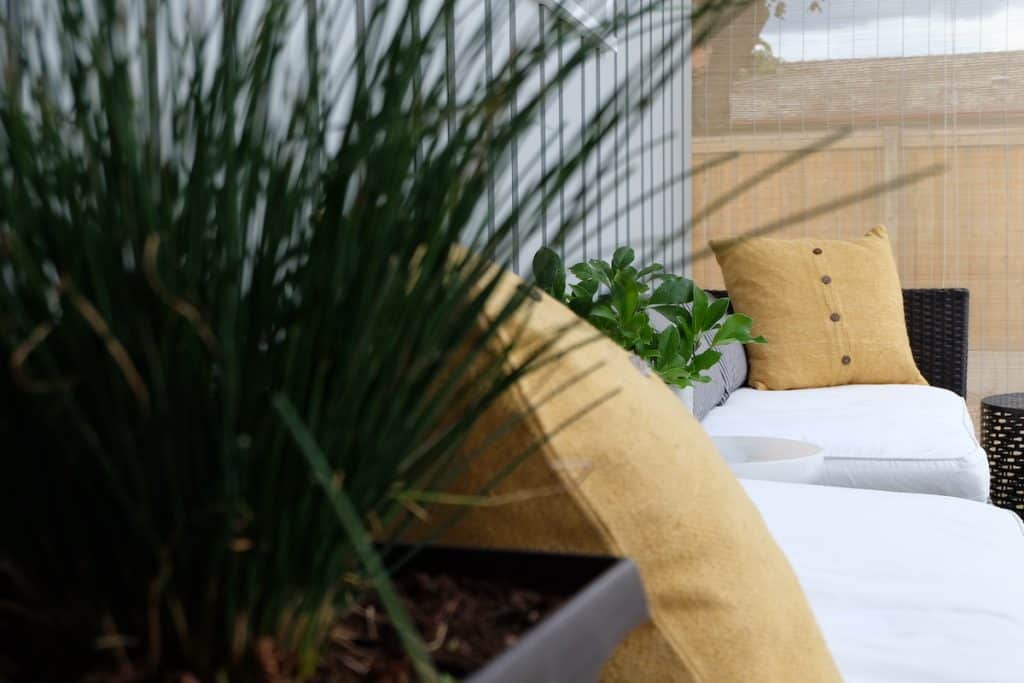
7. Skip pruning trees & shrubs
What about pruning trees and shrubs? Can you prune in October? General pruning in October is not recommended. Most gardeners choose to minimize pruning in the fall – especially in October.
Pruning stimulates woody plants to produce tender new growth. While this is desirable in the springtime, it is generally a bad thing in the fall. Young branches can be easily damaged by the upcoming cold temperatures. Put down the pruning shears and let the tree put its energy into its roots for optimum health over winter.
8. Take care of the 4 D’s of pruning
While fall pruning is generally a no-go, there are some types of pruning that can and should be done year-round. These are mainly pruning tasks that relate to safety hazards and to the health of the tree. October is a good month for professional arborists to remove any hazardous branches above your property or parking spot. It’s also prime time to remove any branches that are dead/damaged/diseased/dying (the 4 D’s) from your trees and shrubs.
9. Schedule your last lawn mowing
October is about the time that grass stops growing for the year in many climates. Check out the weather forecast and make a plan to get the lawn cut one final time before snow covers it for the winter. This is also a great time to schedule a maintenance appointment for your lawn mower and other powered yard equipment.
10. Plant spring bulbs
October is the perfect time to plant spring flowering bulbs like tulips, allium, daffodils, hyacinth, and crocus. Your local garden center likely has ample stock right now, and there are tons of specialty flower bulbs that can be ordered online. Plant spring bulbs now and you’ll be SO glad you did when you see them blooming after a chilly winter.
PS: You can also plant other perennials in October, including Iris, Peony, Hosta, and other popular long-lived ornamentals.
11. Plant cover crops on bare soil
Bare soil is bound to attract weeds, so it’s handy to beat them to it and grow a green manure cover crop instead! Sow some crimson clover or winter rye and let them take up the space. Then in the springtime, turn them back into the soil for a nutrient boost for next season’s annuals!
12. Cut back some herbaceous perennials
October is the time to cut back some of the herbaceous perennials that don’t provide much winter interest or other benefits in the upcoming colder months. Many gardeners tend to cut back hosta leaves and remove leaves from peonies now, as they become kind of a soggy mess if left in the garden.
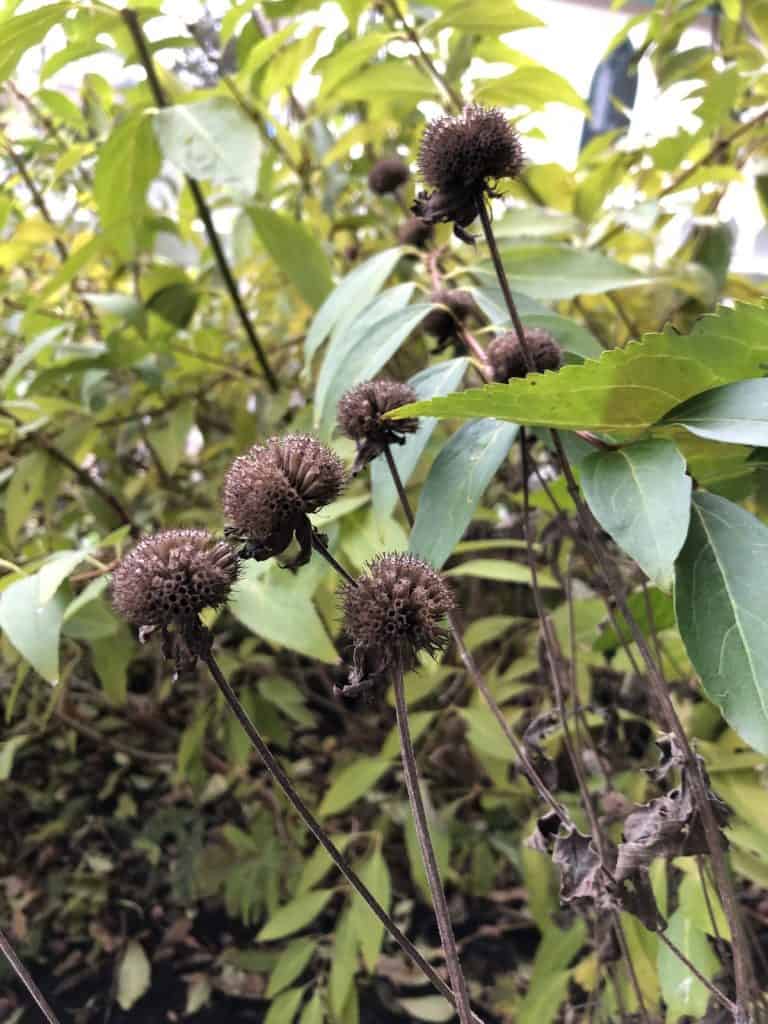
13. Leave up some perennials for winter
Some pretty perennials can be left standing over winter to provide visual interest as well as a habitat for overwintering beneficial insects. Ornamental grasses can be lovely in the morning frost, as can dried-out hydrangea blossoms. Sedum plants look lovely on a winter border. Seed pods from milkweed and daylilies can also be quite striking. Choose some perennials to leave alone until they come out of dormancy again in the springtime.
14. Divide perennials
One of the most rewarding October gardening tips is to divide up the roots of any overgrown perennials in your yard. This is an easy process that results in lots of free plants for you to re-plant around your yard or give to neighbours and friends. Who doesn’t love free plants!?
15. Plant (even more) perennials
Of course, any time you’re looking at the perennial garden it’s hard not to try and squeeze in “one more plant”! Fortunately, any perennials left at the garden center by now are often on sale and can be purchased for a great price. It’s also the season to share divisions of perennial plant roots with your gardening friends (see the previous section)! Plant them now and they’ll get a bit of a chance to root in before winter.
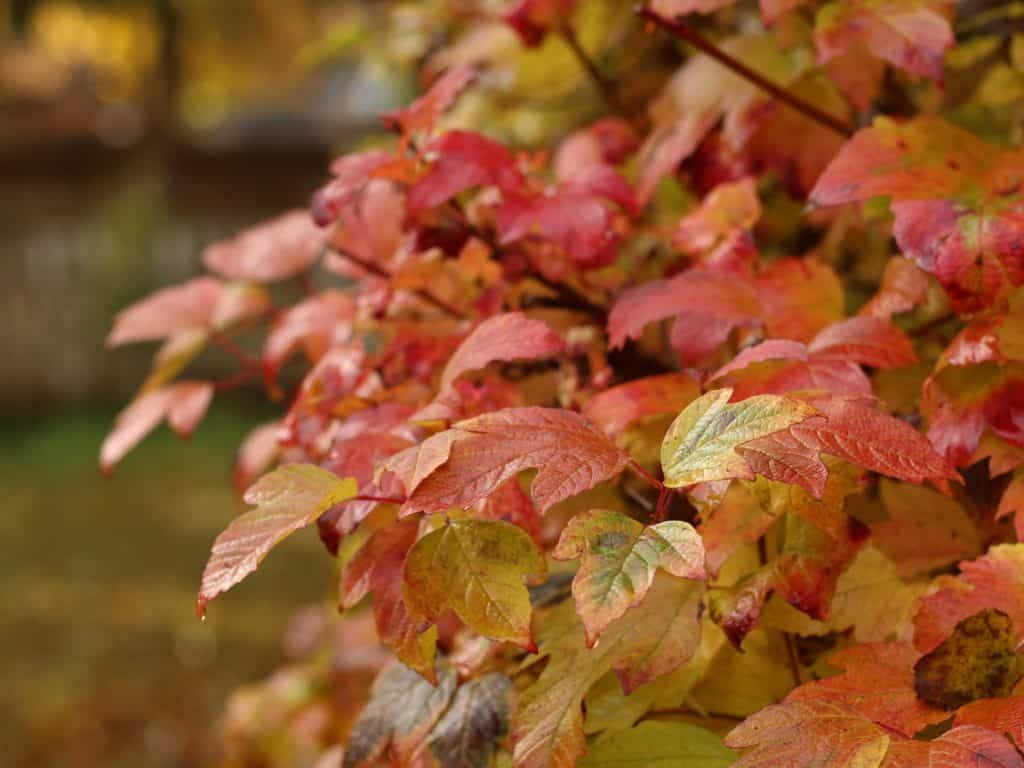
16. Clear up the garden
October is the perfect month for a general clearing up of the vegetable garden, garden beds, and patios. Cover patio furniture and bring terra cotta pots under cover. Compost spent plants from the kitchen garden and clear out dead plants and vegetation from the perennial garden. Yard waste composts most quickly if it is shredded or mulched before composting. Leaves with signs of disease should be otherwise discarded (don’t add them to the compost pile).
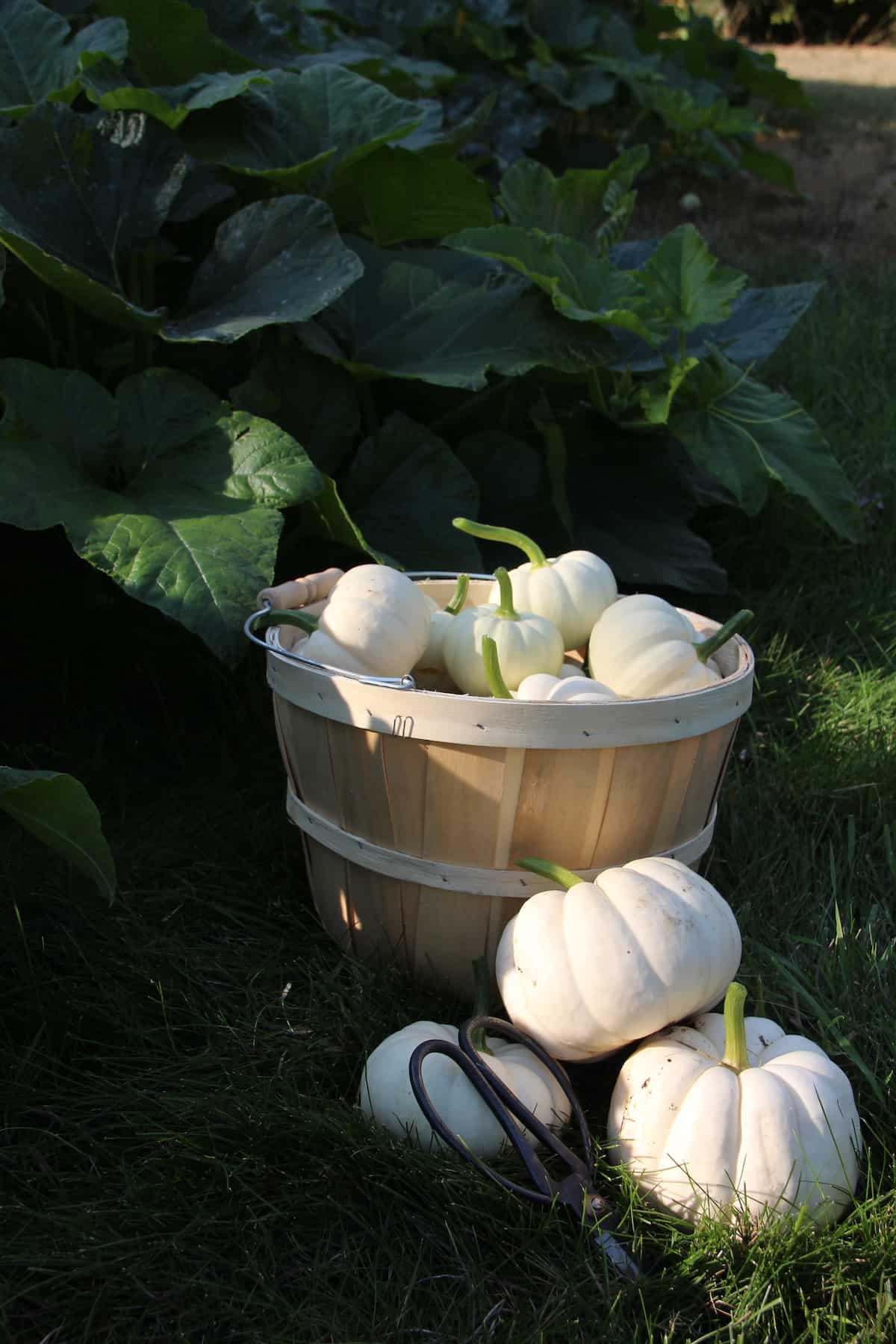
17. Harvest pumpkins
October is the month of pumpkins! Hopefully, you’ve planted your pumpkins in time for Halloween and can carve at least one or two Jack-o-Lanterns. In cooler climates, hard frosts will kill the pumpkin vines, leaving the pumpkins out on their own. Warmer areas may be able to keep vines growing into early November for larger squash at Thanksgiving.
To keep pumpkins fresh and solid for a longer time period, try to harvest them before they are hit by frost or freezing temperatures. Cut each pumpkin off the vine before the vine dies and place the pumpkins in a dry, sunny spot for a few days. This “curing” process hardens their skin and helps them to keep longer.
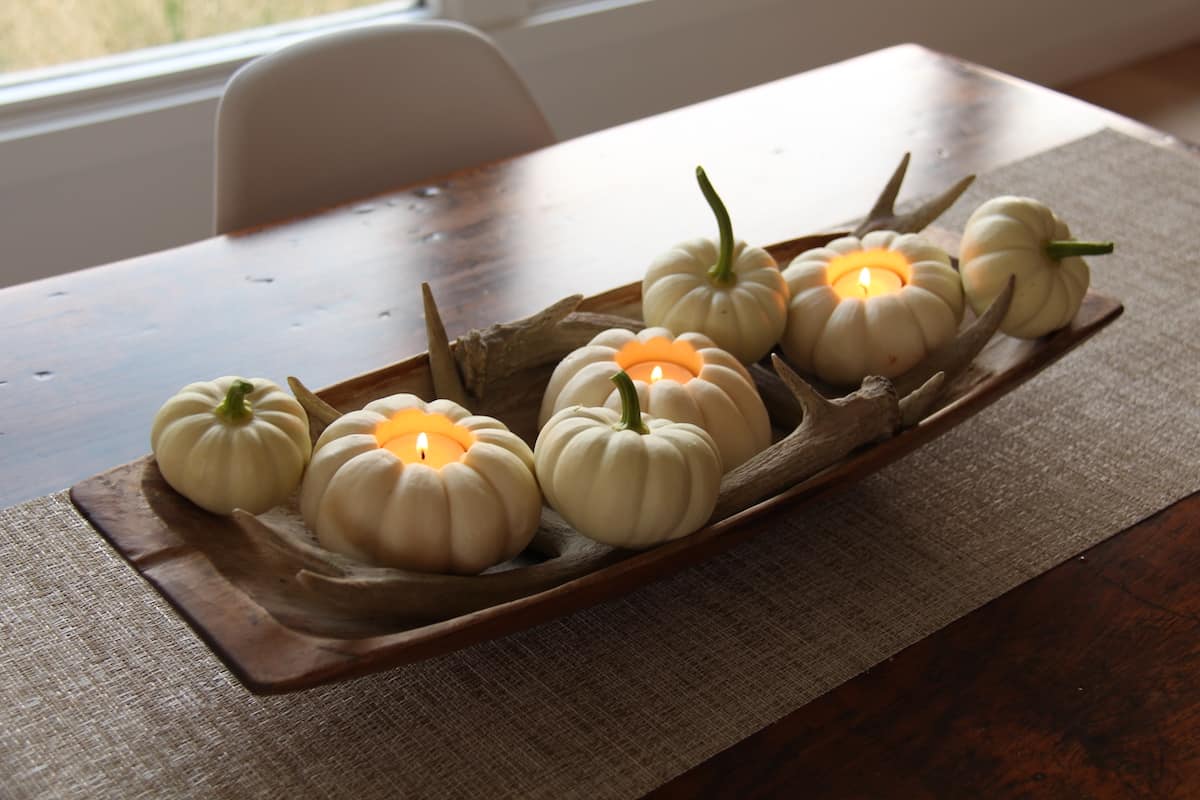
18. Decorate with Pumpkins
October seasonal decor, both interior, and exterior is all about decorative pumpkins. Decorate for harvest season, Halloween, and Thanksgiving all in one with some beautifully placed squash. Varieties of small pumpkins are perfect for indoor displays, while larger varieties can be carved or displayed on the porch. Save at least one for a scarecrow! Here are some gorgeous heirloom pumpkins to check out.
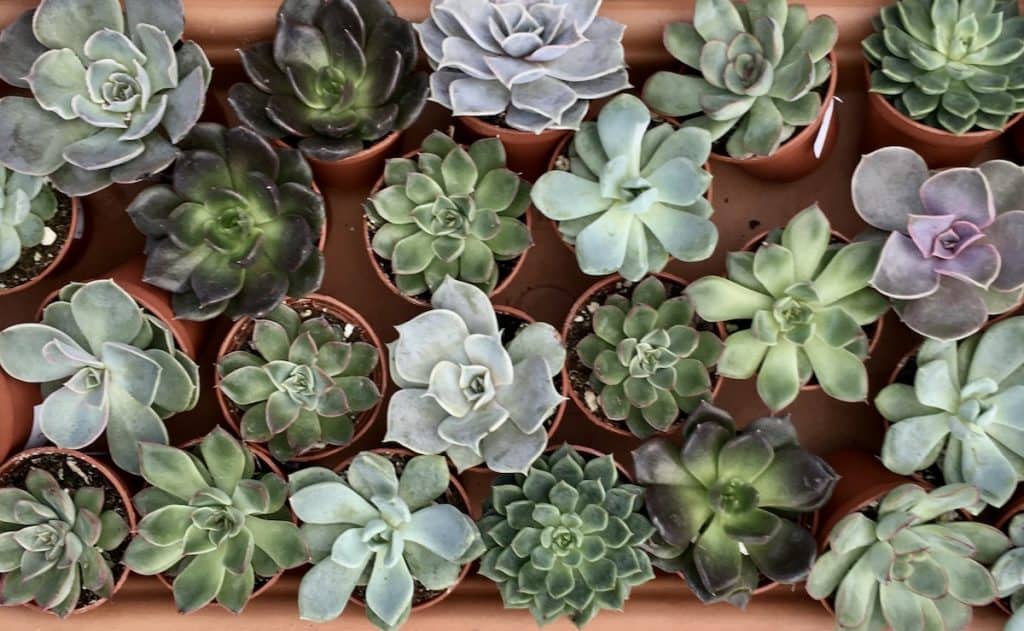
19. Bring tender plants in
One key October gardening tip is to remember to bring in any tender plants before the big fall freeze. Tender houseplants like Boston fern, anthurium, inch plant, elephant ears, and tender succulents should be brought indoors when the nights start to feel crisp, long before the threat of frost approaches.
Tender bulbs and tubers like gladiolus, canna lily, and dahlias can be left to endure a hard frost. This will kill the upper stems of the plant (which can be removed and composted), and the lower roots are then more easily dug up and stored over winter in a cool, dry, spot. Alternatively, container-planted bulbs can be left planted (just bring the whole container into the basement or cold room).
20. Store plant supports over winter
October is the right time to winterize raised garden beds, including putting away the supports for vining plants. Tomato cages seem to take up the most space, and should always be put away before snowy weather arrives. Trellises for peas and beans are also generally stored for winter, as well as tomato stakes and supports for zucchini and other vegetables.
October Garden Tip: Clean the supports before you store them to keep them in tip-top shape
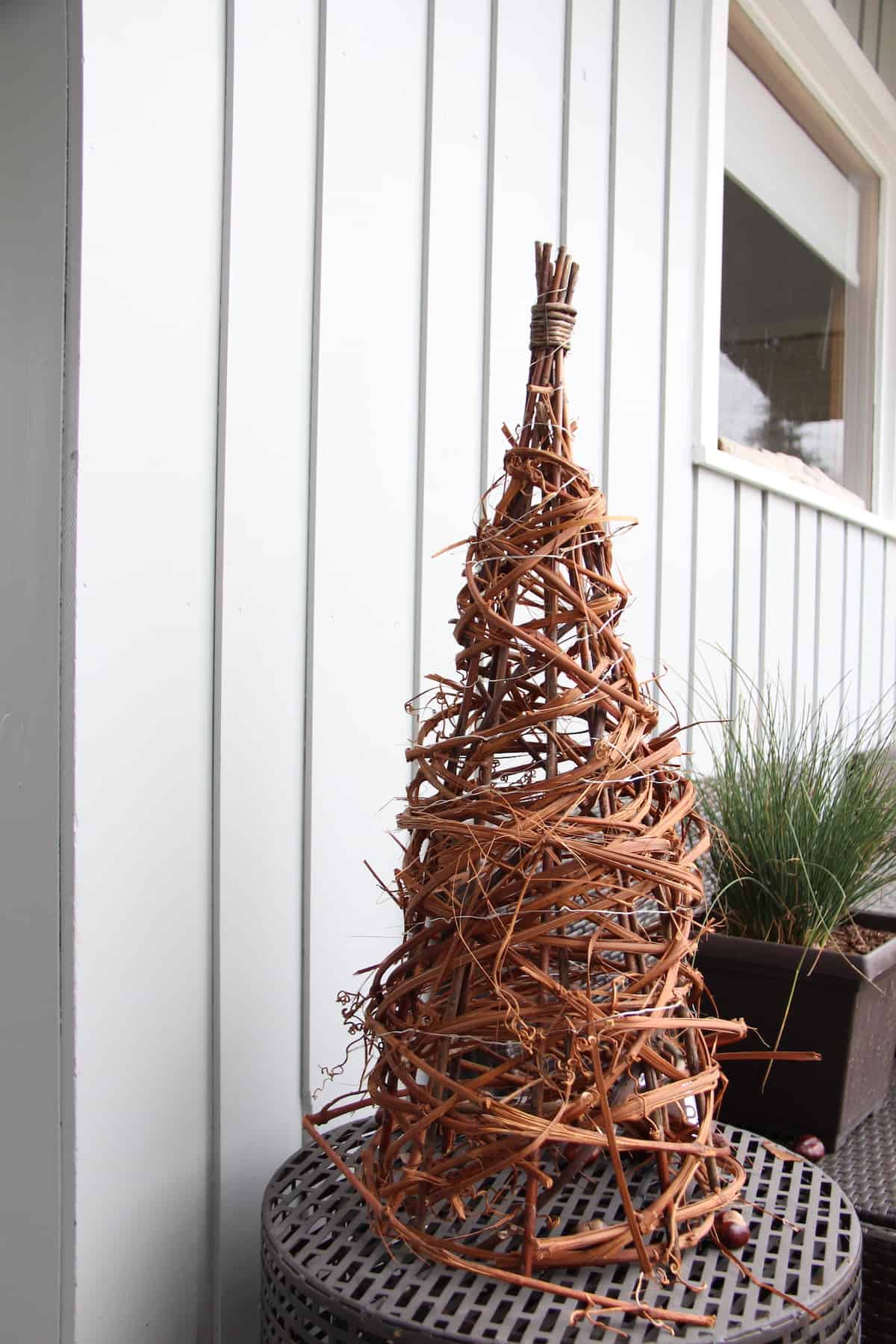
21. Make wreath forms, mini trees, and obelisks
If you’ve got plants in your garden with long, pliable branches, October is the time to use them to make garden art. Grapevines and sticks make lovely obelisks, tomato cages, and other decorative plant supports. You can also create Christmas decor (like the mini “tree” above) or wreath forms for use during the upcoming holiday season. Use what you have and you’ll never want!
22. Dry and store herbs
If you haven’t already, fall is the time to dry bulk herbs like oregano and peppermint before the cold weather sets in. If possible, try to collect and dry enough to last through until spring. Herbs dry best when hung upside down in small bunches in a spot with good air circulation and low humidity.
23. Preserve herbs that don’t dry well
October is also the time to preserve culinary herbs that don’t dry well. This includes basil, chives, parsley, and chervil. Harvest, wash, dry, chop, and mix with water or olive oil. Pour the herb/liquid mixture into an ice cube tray and use a cube whenever you want to add fresh-from-frozen herbs to your meals. Yum!
24. Keep weeding
Yup. You do have to keep weeding, even in October.
Dig out any remaining weeds. They’re surprisingly hardy and may remain over winter! Get them out now before they have a spring burst of life. If any get left behind, they’ll be easier to spot and pull out in the springtime if the majority are already gone.
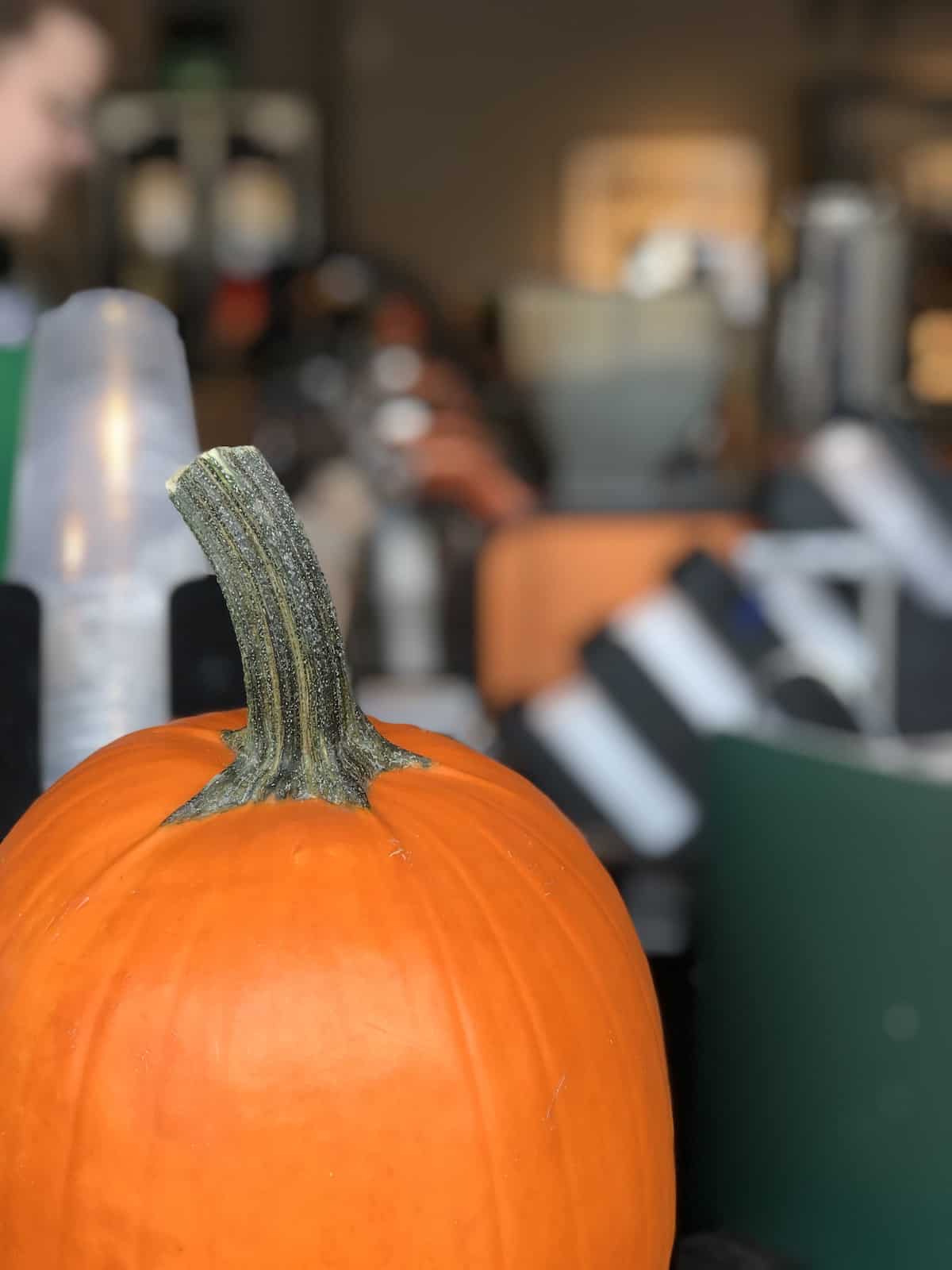
25. Grab some coffee grounds
Grab some free coffee grounds to add to your homemade compost. Coffee shops, including Starbucks, often give away bags of used coffee grounds with the specific purpose of customers using them in their composts. Coffee grounds provide much-needed nitrogen to yard waste composts of autumn leaves and other dry brown carbon-rich material. Grab yours while you’re out!
26. Harvest tree fruit
Any pears, plums, and apples remaining on the tree should be collected. This is a great time to make a plum sauce, apple sauce, and pear butter. You’ll be so glad you did when your family is enjoying homemade sauce from homegrown fruit during the dead of winter. Pretty nice!
27. Plant fruit trees
October is the last chance in most areas to plant new fruit trees and shrubs. Take a look around at the fruit at the local farmers market. Is there something for sale that you wish you had growing in your yard? October is a great time to buy and install new fruit trees. Don’t let another year go by without planting at least one or two.
28. Order specialty plants
October is a key month to order specialty bare-root trees and perennial plants. Many mail-order and online-only nurseries offer rare and wonderful perennials that are shipped in the fall as they go into dormancy. If you’re looking for something that no one else on the block has, now is your time to get shopping!
29. Apply winter mulch
Mulch empty vegetable and other garden beds with shredded leaves to insulate the soil from harsh temperature swings. Mulch can be made from the dead plants and leaves that you collect throughout the cleaning and maintenance process. Perennial beds can also be mulched, particularly if they have brand-new plants or particularly-tender items in them. A thick layer of shredded leaves will keep the ground from enduring too many freeze/thaw cycles. Don’t apply this thick winter mulch until after the ground has frozen (avoid creating giant wet slimy piles which then freeze solid).
30. Prepare for winter composting
An overlooked October gardening tip is to get prepared to keep composting your food scraps during winter. There are lots of methods of winter composting, so choose one or two that work best for you. Smaller compost bins can be moved closer to the house for the cold seasons, and there are tons of alternative options available. It’s easiest to get ready now (before the snow flies!).
31. Prep for winter greens
Cover cold-weather salad greens with a cold frame, cloche, or fleece on cool nights. In all but the coldest areas, you can grow these greens through wintertime with the right season-extending equipment. If digging snow off your cold frame to get kale in January is not your thing, consider growing microgreens indoors instead.
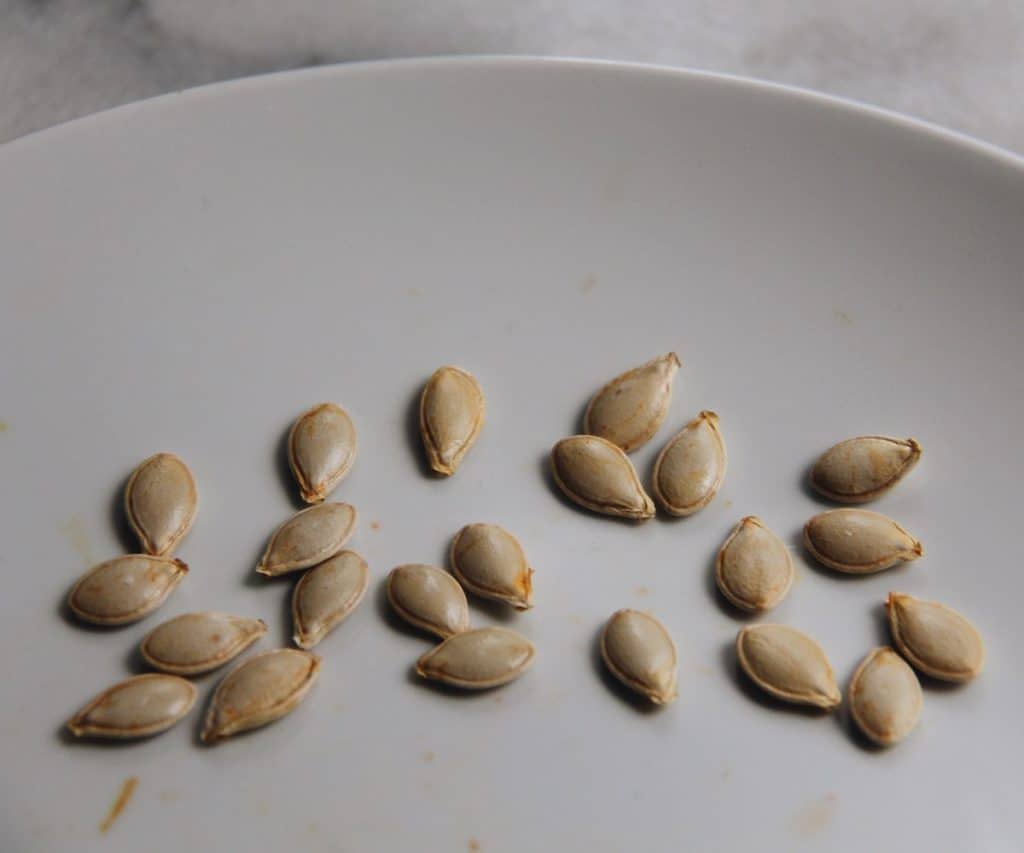
32. Collect and save seeds
Collect seeds from plants you love to grow next year or bring them to your local seed swap. Dry the seeds for a few days and then store them in paper bags or coin envelopes. Always label the bag/envelope with as much detail as you can, including the name of the plant, a few defining features, and the year the seed was collected.
Here are detailed instructions on how to save some popular types of veggie seeds:
- Saving tomato seeds
- Saving pepper seeds
- Saving cucumber seeds
- Saving lettuce seeds
- Saving zucchini seeds
33. Take hardwood cuttings
Take hardwood cuttings from roses and other woody plants to propagate into new plants. These branches have had time to mature and “harden off” into woody stems by this point in the season. Looks like you’ll have even more plants soon!
34. Tie & protect climbing plants
Tie up climbers to their trellis structures to shield them from too much winter wind damage. This includes ornamentals like American honeysuckle and Kentucky wisteria. Spending some time now is an important October gardening tip that will save them from too much damage from the upcoming harsh conditions of winter.

